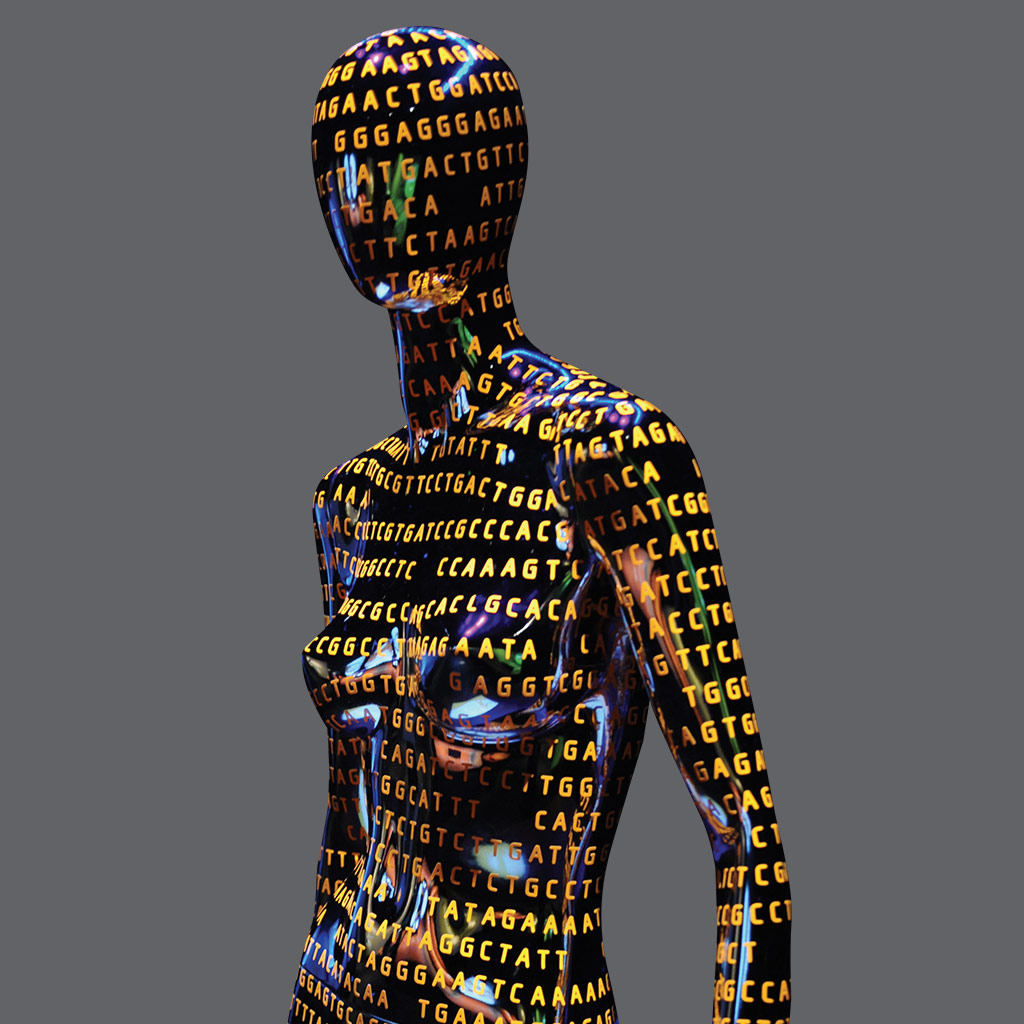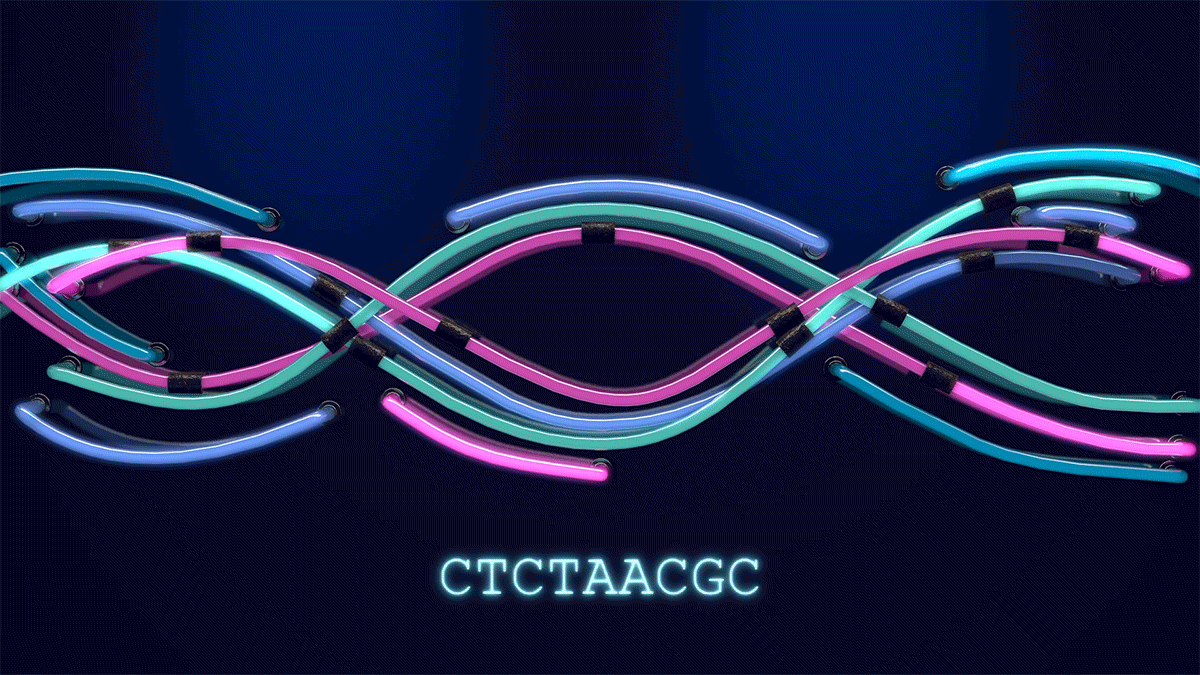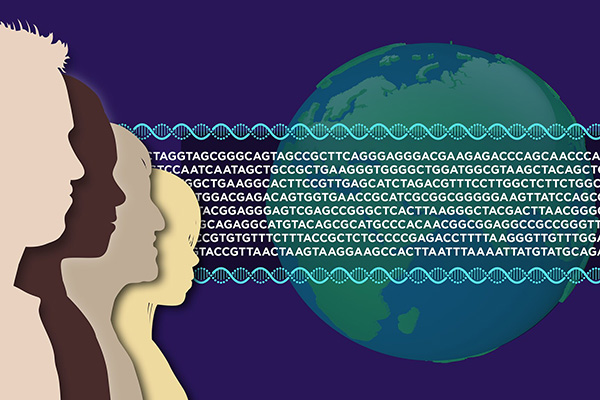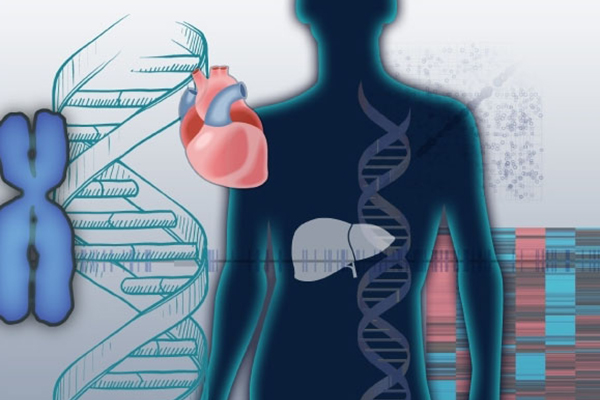NHGRI completes phase 3 of ENCODE project, revealing critical details about the genome
As the summer heat bears down on the country and the battle against the COVID-19 pandemic continues, I hope that you, your family, and your friends and colleagues remain safe and healthy. Like most institutions, NHGRI is dealing with the many complexities brought about by the ongoing pandemic, as we continue pursuing our mission while facing numerous challenges at both work and home. Each news cycle brings reminders about the importance of science and its critical role in society, and NHGRI remains more committed than ever to facilitating the use of genomics for addressing all threats to human health – infectious or otherwise.
Through various communications, NHGRI continues its drumbeat about an important upcoming historical milestone for genomics: the 30th anniversary of the launch of the Human Genome Project in October 2020. To amplify that drumbeat, the NHGRI History of Genomics Program continues to showcase oral history interviews with prominent genomicists – specifically, one per week leading up to the 30th anniversary in October 2020. Please check out the latest oral histories by Ewan Birney, Alan Guttmacher, Eric Lander, Richard Gibbs, and Bob Cook-Deegan. The highlight of NHGRI’s efforts to commemorate this 30th anniversary will be the publication of the 2020 NHGRI Strategic Vision in late October (more details to come…).
![]()
In this issue
- NHGRI completes phase 3 of ENCODE project, revealing critical details about the genome
- Researchers complete first gap-free human X chromosome sequence
- NHGRI providing $75 million to improve the use of genomics for disease risk assessment and management
- Videos available from the ELSI Virtual Forum
- ICDA recommendations aim to propel understanding and treatment of common diseases
- Developmental Genotype-Tissue Expression (dGTEx) Project to study gene expression in early human development
- NINR appoints new director


About The Genomics Landscape
A monthly update from the NHGRI Director on activities and accomplishments from the institute and the field of genomics.
For More Information
Last updated: August 6, 2020







